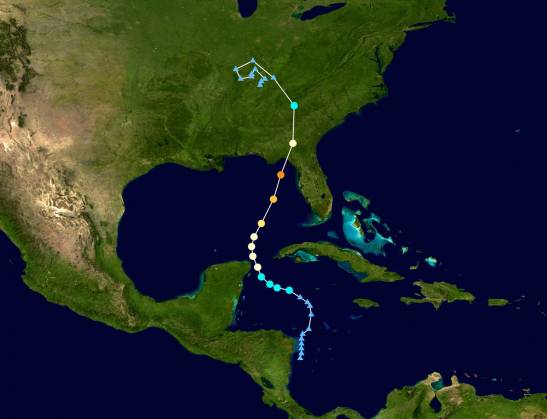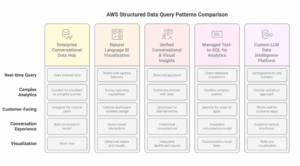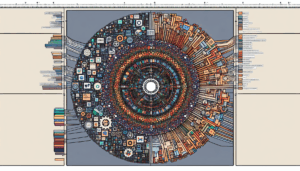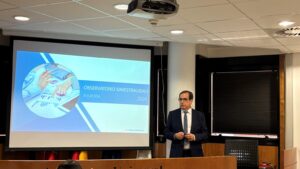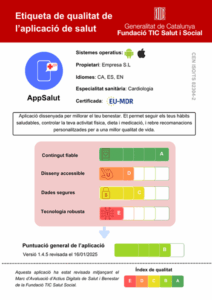The recent impact of Hurricane Helene on the Gulf Coast of Florida on September 26, 2024 has left a significant imprint not only on land but also in the Earth’s atmosphere. This weather phenomenon not only caused damage from storm surges in multiple communities, but also generated massive atmospheric gravity waves, captured by NASA through its Atmospheric Waves Experiment (AWE).
These massive waves, detected about 88 kilometers above the Earth’s surface, provide crucial information for understanding how our planet’s climate interacts with space. This knowledge is vital, as such interactions can affect satellites, communication signals, and other technologies that depend on the stability of the space environment.
In images provided by AWE, these waves are shown as artificially colored concentric bands in red, yellow, and blue, extending from northern Florida. Ludger Scherliess, the lead researcher of AWE at Utah State University, compared atmospheric gravity waves to the rings formed when a drop of water falls into a pond. The ripples generated by Helene are moving westward from the northwest coast of Florida, capturing the attention of the scientific community.
Launched in November 2023 and located outside the International Space Station, AWE aims to monitor the Earth for these atmospheric gravity waves. Generated by disturbances such as severe storms, tornadoes, tsunamis, and hurricanes, these waves manifest as undulating patterns in the air. The instrument detects brightness fluctuations in bands of light known as atmospheric airglow in the Earth’s mesosphere.
AWE research seeks to clarify how these gravity waves, induced by weather phenomena, influence space weather. Understanding this relationship is crucial for forecasting and mitigating potential disruptions to critical technological systems. The sensitivity of AWE, demonstrated by the images obtained after Helene’s passage, confirms its ability to reveal these effects in the upper atmosphere, opening new avenues for studying the impact of terrestrial weather on space.
Referrer: MiMub in Spanish

